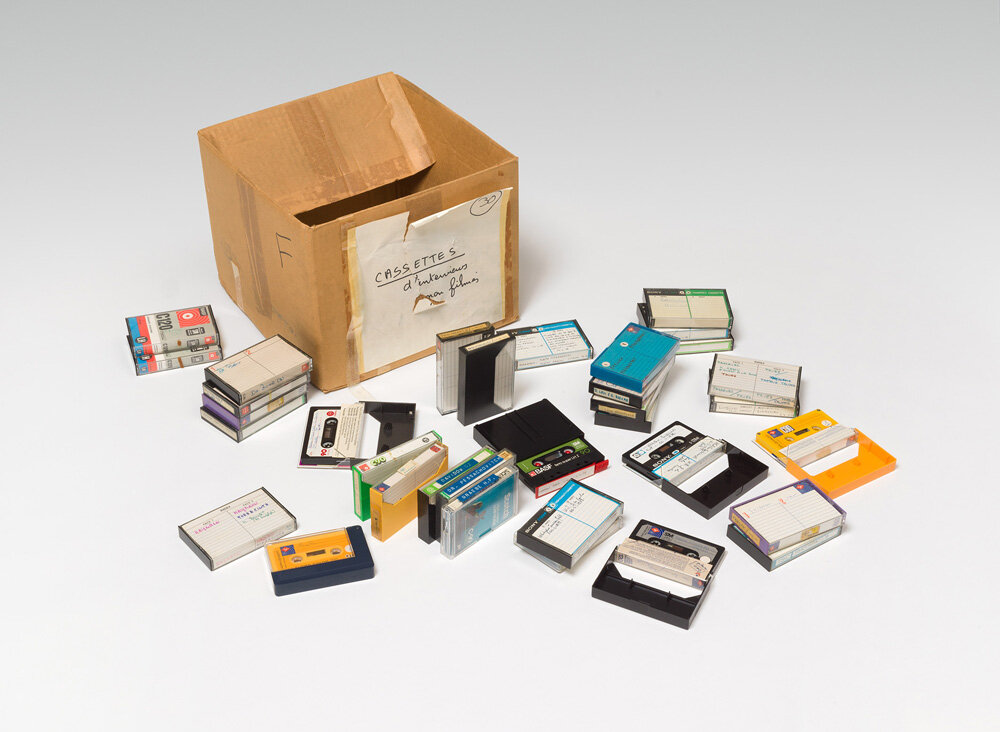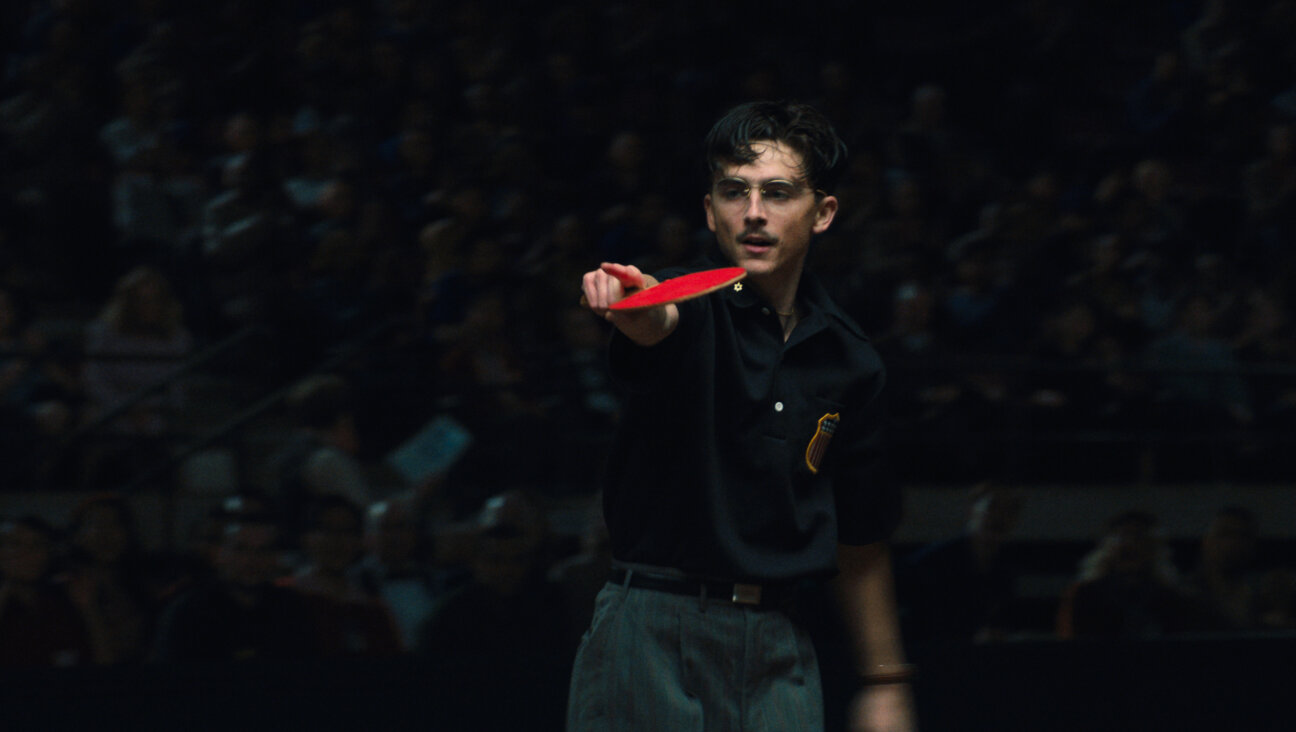Freedom From The Slavery of Passover Seders
Passover is coming again, and with it, the irony of liberation.
What irony? That while Passover is the Jewish holiday of freedom, so many of us feel enslaved to it. The cleaning, the prohibitions, the absurd details of kosher dish soap and unkosher salt, and worst of all, the endless drone of the Haggadah, which in so many households is, as Macbeth memorably intoned, “a tale told by an idiot, full of sound and fury, signifying nothing.”
We’ve all been there: the Passover Seder that seems as long as the slavery in Egypt, complete with indecipherable Hebrew and Aramaic texts and bizarre exegesis (50 plagues! 200 plagues!), all recited in a hopeless, mindless drone. To me, the “We Don’t Know Why We’re Reading This, but We’re Going To Read It All Anyway” Seder ritual seems deliberately designed to turn even the most inquisitive “wise child” into a contrary wicked one, a stupefied simple one and then, finally, an absent and therefore silent one. Really, there’s hardly a better way to drive away your friends and children from Judaism than to mouth the meaningless syllables of a rabbinic text.
The irony is that the Seder, modeled on the Greek symposium, was never meant to be about rote recitation. The text of the Haggadah is not a magical formula; it’s a model for conversation, a jumping-off point, an inspiration. This is how the rabbis did it, the Haggadah says; now it’s your turn. The long exegesis on the Exodus narrative is not the point; the point is for each of us to tell the story anew, embellishing as fantastically and freely as did our rabbinic forbears.
There are plenty of contemporary examples of how this could work in practice, even for families with small children. In the mainstream, interactive Haggadot — like Noam Zion and David Dishon’s “A Different Night: The Family Participation Haggadah” (Shalom Hartman Institute, 1997) and Zion’s (with Mishael Zion) more recent “A Night To Remember: The Haggadah of Contemporary Voices” (Zion Holiday Publications, 2007) — capture perfectly the multi-vocality and pedagogical potential of the Seder ritual. Likewise, the encyclopedic “My People’s Passover Haggadah” (Jewish Lights Publishing, 2007), edited by Rabbi Lawrence Hoffman and David Arnow). This Haggadah brings together the traditional text and commentaries from a wide variety of viewpoints. To lead a Seder from such Haggadot takes work. (Arnow’s sourcebook “Creating Lively Passover Seders”[Jewish Lights Publishing, 2004] can help there.) But the reward is worth the investment — and the work can be divided among Seder attendees, with each taking responsibility for different parts of the evening.
Recently, independently minded Jews have taken a further step, creating their own Haggadot entirely — and, as with much of the best new Jewish culture, making them available for free online. One of my favorites is Rachel Barenblat’s “The Velveteen Rabbi Haggadah.” (Full disclosure: Rachel is a friend and a colleague of mine at Zeek, and a poem of mine is in the Haggadah.) Filled with poetry, clear explanations of even the most opaque rituals and musical notation, this Haggadah
brings Passover down to earth and allows the Seder to soar.
A more radical example is Todd Polenberg’s “A Passover Seder” series, online at http://fffff.at/passover/. Polenberg created his unique, highly unorthodox texts — and innovative rituals that go with them — as “an attempt to come to grips with the experience of being an American in an America that does not represent my values.” To be sure, not everyone will agree with his politics — but certainly, debate regarding the concept of freedom is at the essence of the holiday.
There are also niche-Haggadot for multi-faith families, vegetarians, feminists, Buddhists, gay men and lesbians, disabled people, people in recovery — you name it. And for more conservative-minded folk, Chabad has recently uploaded more than 1,000 traditional Haggadot, many of which are rare. Visit Jewschool.com for links to all these and more (search “Passover links” from the main page).
These online Haggadot represent the polar opposite of rote Seders. They’re creative, individualistic and, above all, relevant, precisely because they are quirky, nichey and innovative. And like the original Haggadah text, these new Haggadot can serve as a model for all of us. Whether you use one of them “off the shelf,” work with different Haggadot at the same Seder (my personal practice) or get so inspired by them that you create your own open source Haggadah at opensourcehaggadah has some of the nuts and bolts), these alternative liturgies are an important step toward liberating you and yours from the slavery of Seder tedium.
They also say something important, I think, about the future of Judaism, especially for those concerned that the economic recession will stifle Jewish creativity. The fact is, none of these Haggadot got a dime from any federation or from Jewish philanthropies. Nope, all this Jewish creativity has taken place far from focus groups and sociological studies — and even farther from the moneyed halls of the Jewish establishment.
In an era of bloated organizations now making long-overdue cutbacks, these open-source Haggadot represent a hopeful Jewish future. Yes, the mushy middles of *klal yisrael *will continue to muddle along with Maxwell House. And perhaps they will instill in their kids enough of a sense of inertia and/or tradition to ensure that their children’s children will be subjected to the same mindless rituals. But creative Jews, the ones who will keep this millennia-old enterprise going outside of Orthodox enclaves, are going to be cutting and pasting, wrestling and writing, and putting the results online. The future of Passover is open source.
That may mean singing Leonard Cohen’s “Hallelujah” instead of “Chad Gadya.” It may be more “Waltz With Bashir” than dance at the Red Sea. But the Seder is increasingly coming to resemble an iPod playlist more than it does the same greatest hits record played over and over again each year, and this is a good thing. If I’m right, we’re going to see more variation, more experimentation and, I think, a greater fidelity to what this symposium was supposed to be about in the first place.
At the same time, I want to conclude, appropriately enough, on a questioning note If the future of Judaism is increasingly specialized, roll-your-own, do-it-yourself and choose-your-own-adventure, what about the Maxwell House middle that has neither the education nor the inclination to do the work required? Are we seeing, now, a bifurcation between engaged and educated Jews on the one hand, and ever more estranged ones on the other?
More on this in a future column. At least for one night, though, the choice is up to you. Present your children (and peers) with a dead, written-in-stone-and-read-in-monotone Judaism, and they will indeed follow the descent of the “four sons,” a one-way journey from alienation to ignorance to cultural extinction.
But dare to take the risk — not by dressing up the Seder in “cool” clothing, but by re-examining your fundamental assumptions of why we’re yoking ourselves to this text in the first place, by putting in the time and effort and, in so doing, demonstrating your own interest in the Jewish project — and there’s a chance that some of them will rise to the occasion. You do not need a doctorate or a working knowledge of Aramaic to make the Seder special, just the courage to ask more than the same four questions, and make this night a little different from the rest.
Additional Seder resources are online at Jewish Blogging and “Facebook”. A Tzedek insert is available through Jewish Community Action.















